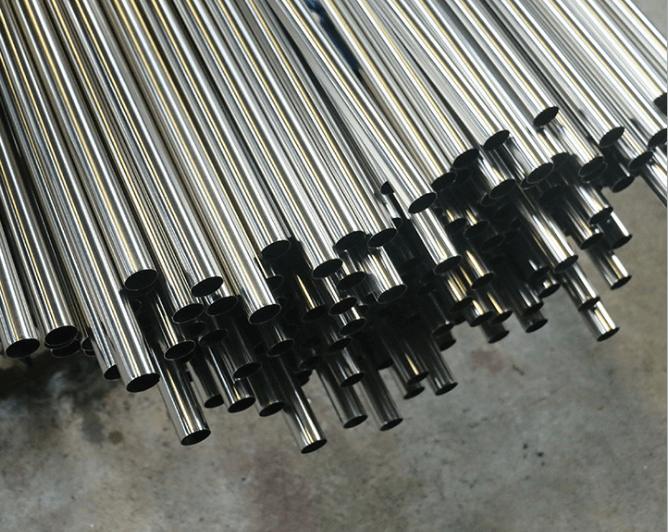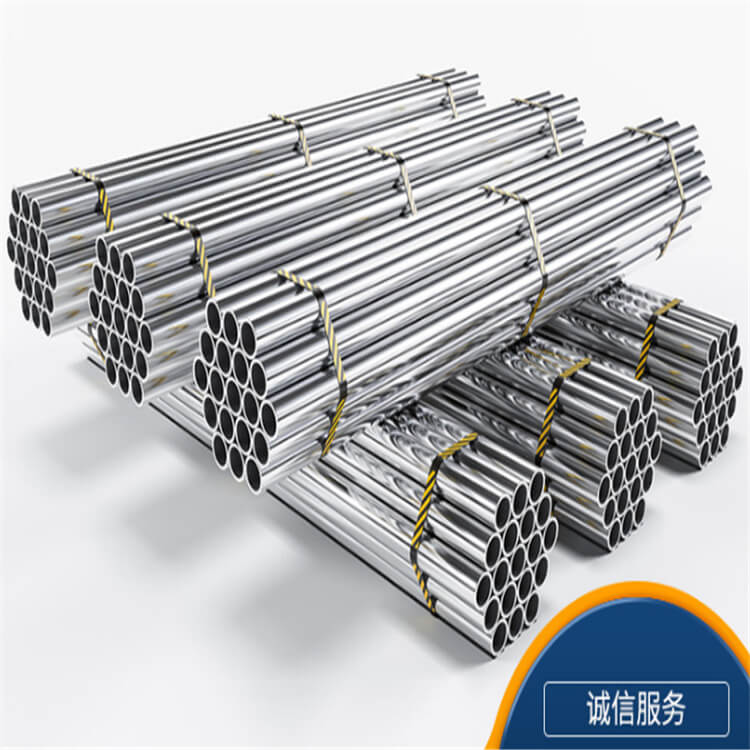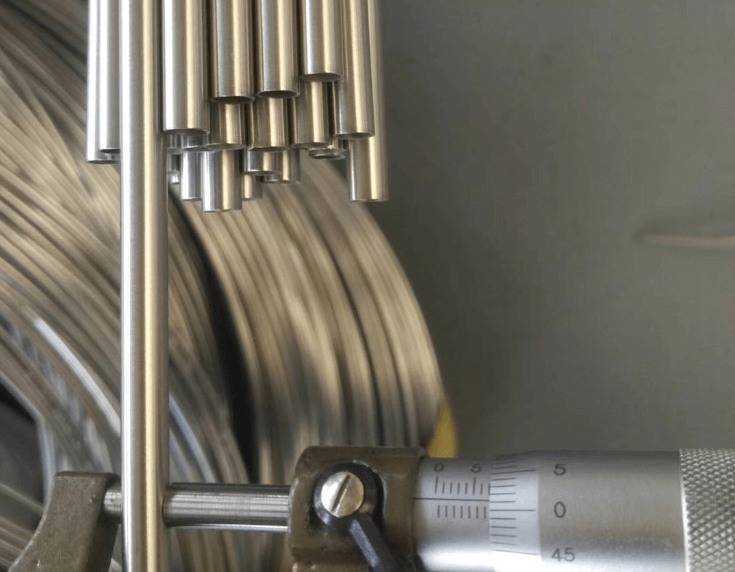Steel, a ubiquitous material in our modern world, underpins industries, infrastructures, and everyday objects. Its versatility, strength, and durability have revolutionized our lives. However, not all steel is created equal. In this exploration, we delve into the fascinating realm of steel, specifically focusing on the differences between carbon steel and stainless steel. Understanding these distinctions is crucial for choosing the right material for diverse applications, ranging from construction to culinary arts.
Composition and Structure
Carbon Steel
Carbon steel is primarily composed of iron and carbon, with trace amounts of other elements. The exact composition varies, depending on the specific type and grade of carbon steel. Alloying elements, such as manganese and silicon, are often added to enhance certain properties. In carbon steel, carbon content is the key factor influencing its characteristics, including hardness and strength.
Stainless Steel
Stainless steel, on the other hand, features iron as its base metal, along with chromium and nickel as essential constituents. Chromium plays a pivotal role in stainless steel by forming a protective oxide layer on the surface, which imparts remarkable corrosion resistance. The addition of nickel contributes to its strength and ductility.
Properties and Characteristics
Carbon Steel
Carbon steel boasts exceptional strength and durability, making it suitable for a wide range of applications. Its versatility extends from structural components in construction to rugged tools in industrial settings. However, one notable drawback is its susceptibility to corrosion, which necessitates proper maintenance.
Stainless Steel
Stainless steel shines in terms of corrosion resistance. It can withstand harsh environments, making it indispensable in industries like food processing and pharmaceuticals, where hygiene is paramount. This steel type also exhibits impressive strength and ductility, offering flexibility in design and applications.
Manufacturing and Processing
Carbon Steel Production
Carbon steel is typically produced through methods like basic oxygen and electric arc furnaces. Heat treatment processes, such as quenching and tempering, are employed to achieve the desired hardness and toughness, which varies depending on the intended use.
Stainless Steel Production
Stainless steel production involves complex melting and refining processes to achieve the desired chemical composition. Furthermore, annealing and quenching are essential steps to enhance corrosion resistance. The diverse grades of stainless steel cater to specific industrial needs.
Applications and Industries
Carbon Steel Applications
Carbon steel finds its footing in diverse industries, including construction for beams and structural components, automotive for chassis and engine parts, and everyday tools like hand tools and cutlery. Its strength and versatility make it an enduring choice.
Stainless Steel Applications
Stainless steel's resistance to corrosion makes it indispensable in applications where hygiene and durability are paramount. Industries such as food processing, pharmaceuticals, aerospace, and marine engineering rely on stainless steel for its unmatched qualities. Additionally, it lends itself to architectural and decorative uses.
Maintenance and Cost Considerations
Carbon Steel Maintenance
To combat corrosion, carbon steel requires coatings and regular inspections. Rust prevention measures are crucial to extend its lifespan, especially in outdoor and high-moisture environments. While initial costs may be lower, ongoing maintenance expenses should be considered.
Stainless Steel Maintenance
Stainless steel maintenance primarily involves routine cleaning and passivation to maintain its corrosion resistance. While stainless steel may have a higher initial cost, its long-term durability and reduced maintenance make it a cost-effective choice in many applications.
Conclusion
The choice between carbon steel and stainless steel hinges on the specific requirements of each application. Both materials offer unique advantages and limitations that cater to a wide array of industries and functions. As we continue to rely on steel in various aspects of our lives, understanding these differences empowers us to make informed decisions and appreciate the enduring impact of steel in our modern world.






